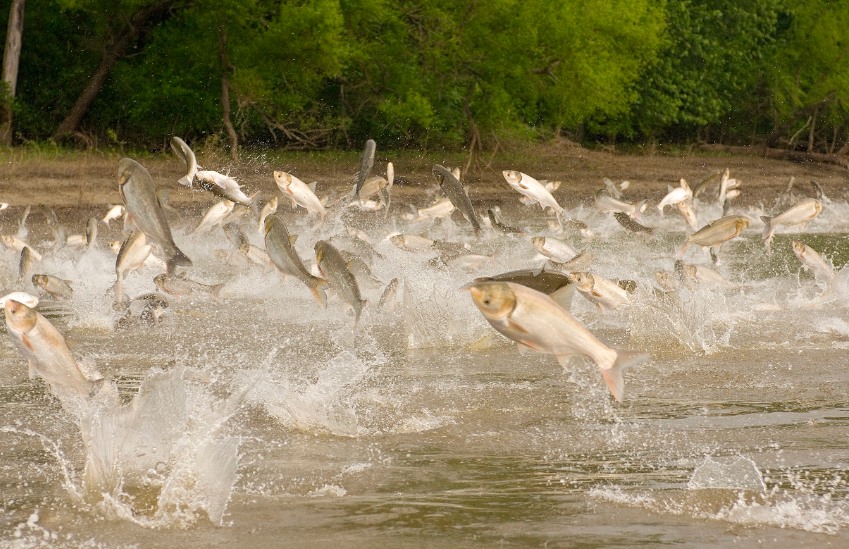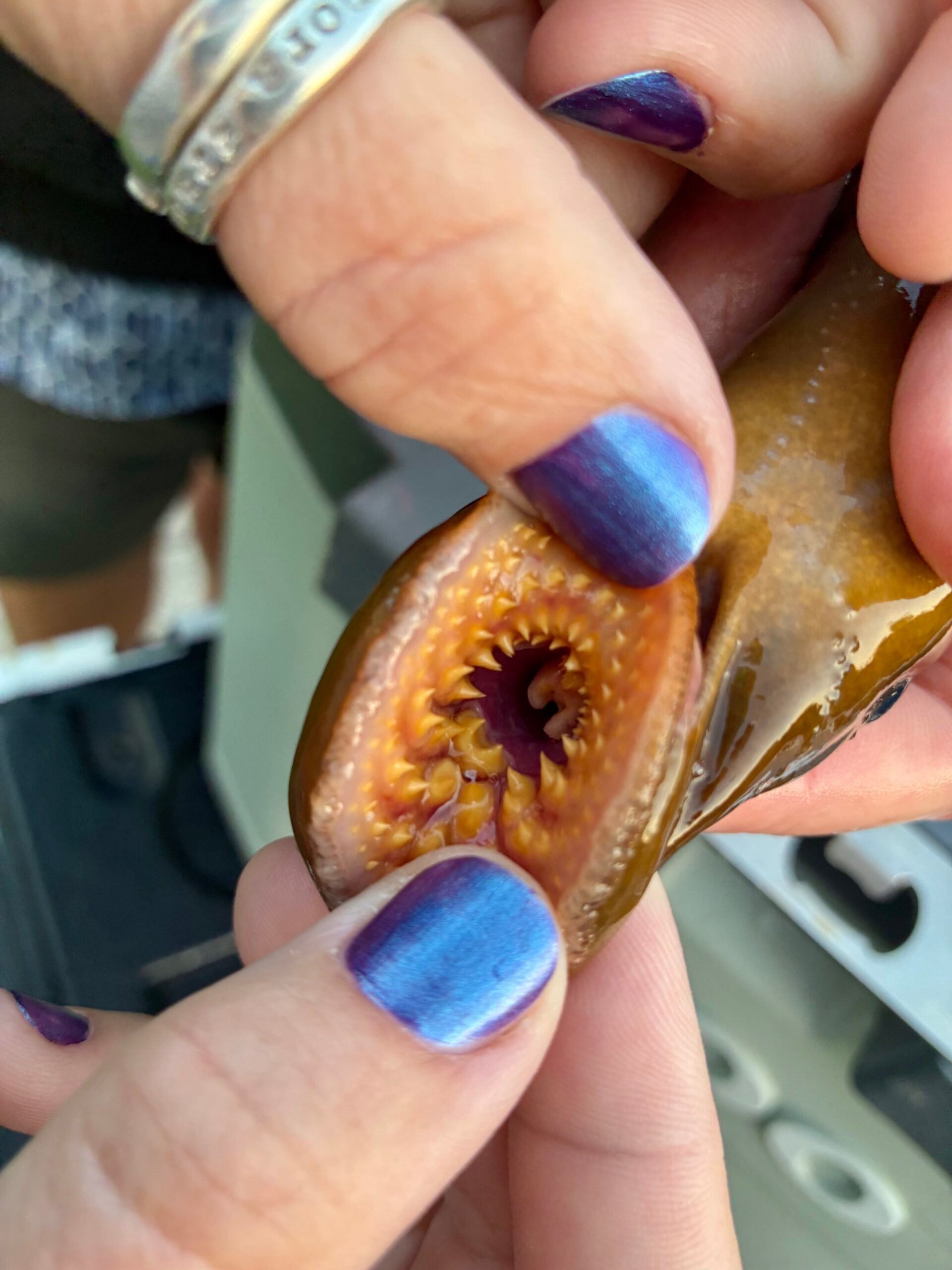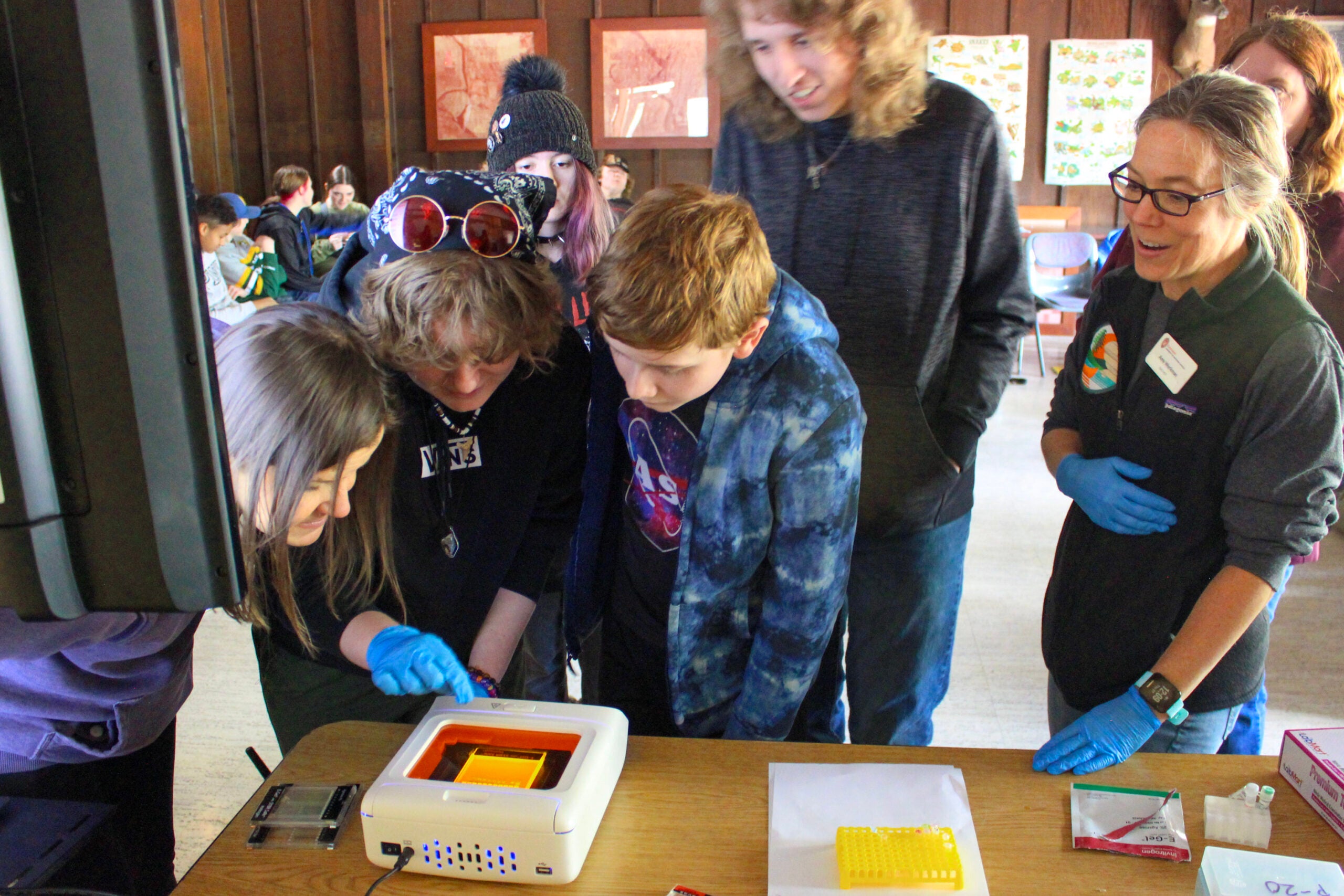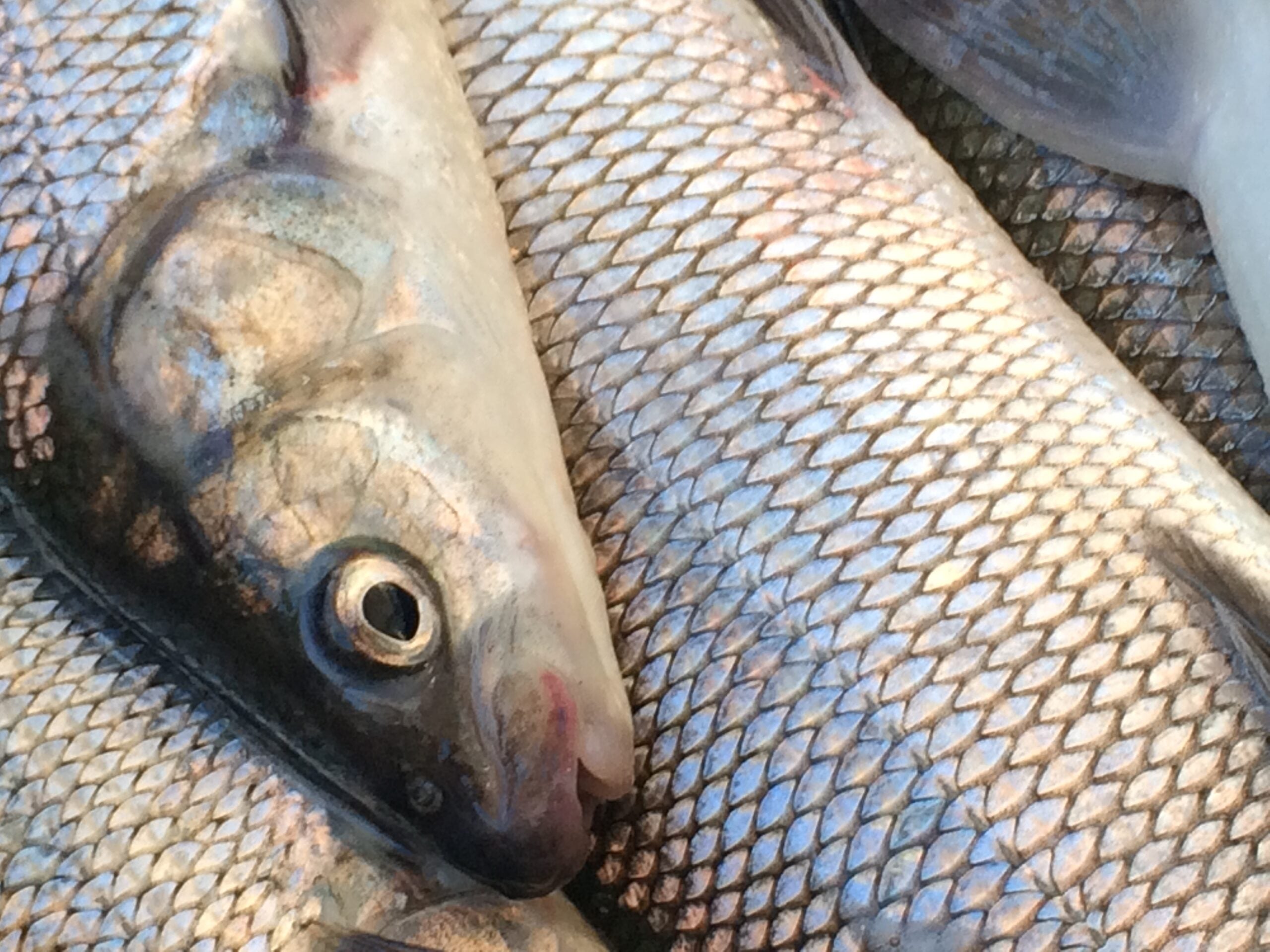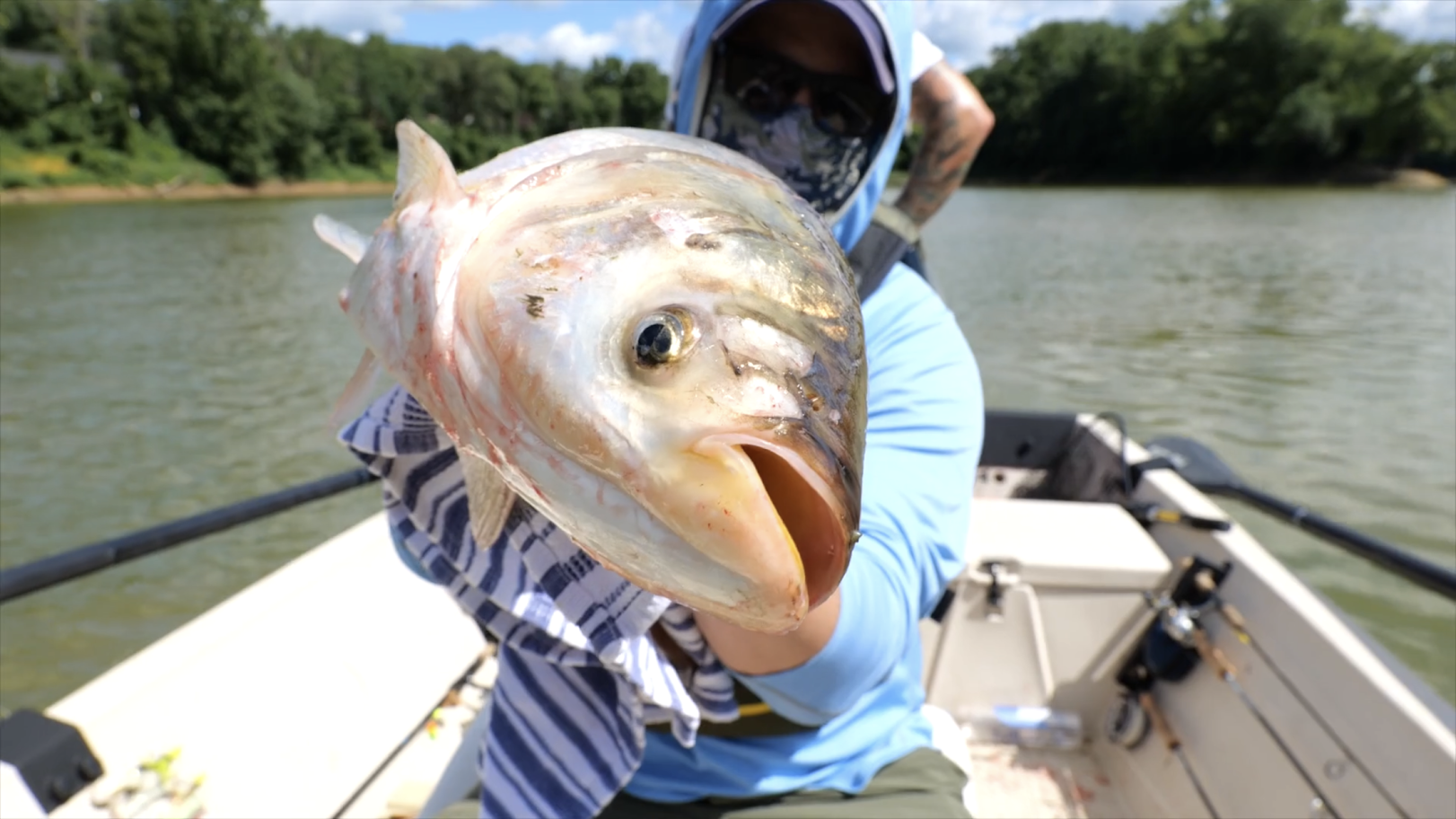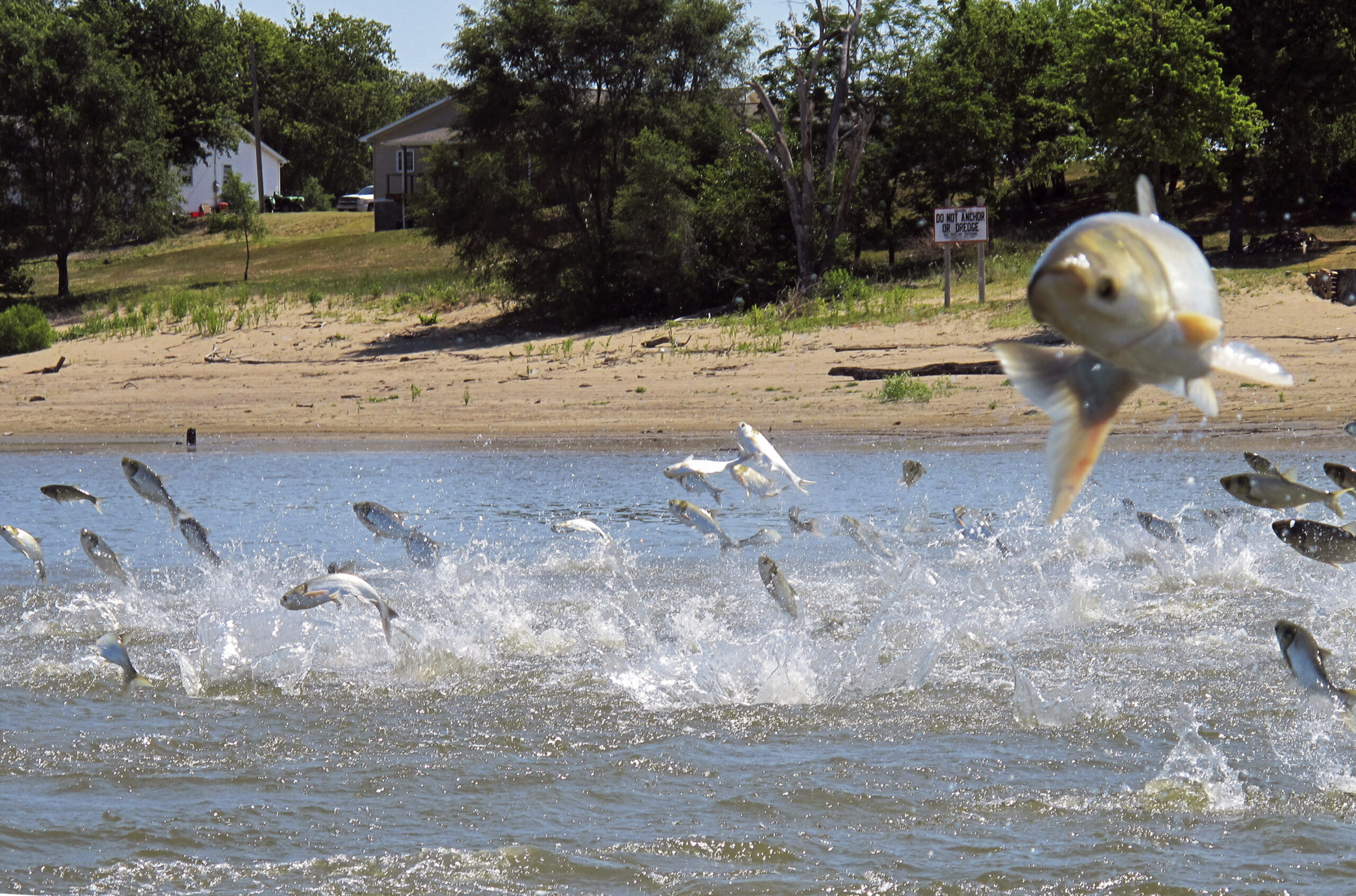The U.S. Fish and Wildlife Service detected four positive results of environmental DNA for bighead and silver carp during its annual spring water sampling in April this year.
The federal agency was sampling in Lake Calumet, which is about 5 miles from Lake Michigan, on April 9, 10, and 11. One sample tested positive for bighead carp, another tested positive for silver carp, and two tested positive for both silver and bighead carp. The four positive findings were among 401 water samples taken, said Charlie Wooley, acting regional director of the U.S. Fish and Wildlife Service.
“This is a little unusual. We have seen this randomly in the past, but we haven’t seen samples where we’ve seen four positives in one sampling event,” Wooley said.
News with a little more humanity
WPR’s “Wisconsin Today” newsletter keeps you connected to the state you love without feeling overwhelmed. No paywall. No agenda. No corporate filter.
After consulting with the Illinois Department of Natural Resources, the agency went out with two crews of electrofishing boats on May 14, 15, and 16 to search for live Asian carp.
“The good news is that we did not find any,” he said.
The findings are perplexing to the agency, Wooley said. He noted it’s possible that environmental DNA (eDNA) was moved upstream through boats that had traveled through the Illinois Waterway System where silver and bighead carp have been discovered about 100 miles south of Chicago.
“It’s always a possibility that there’s a live fish that’s sloughing off the eDNA that’s found in slime in fish into Lake Calumet and that’s where the samples are coming from,” he said. “That’s why we reacted so quickly.”
Wooley said more extensive sampling will be conducted in June in that area in close coordination with the Illinois DNR.
The invasive Asian carp is a threat to native fish as it has been known to out-compete native species for food when introduced into waterways.
“We do not want to see the important commercial and sport and tribal fisheries that are found in Lake Michigan impacted in any way or in any other part of the Great Lakes,” he said.
The U.S. Army Corps of Engineers has proposed adding a barrier at the Brandon Road Lock and Dam near Joliet, Illinois, which is several miles downstream from an existing electric barrier at Romeoville. A report released last fall said the cost of installing an electric barrier, bubble curtain and other measures is estimated to run around $778 million — more than double the initial estimate of $275 million.
The estimated cost of the project has since grown to $831 million, said Allen Marshall, spokesman for the Rock Island District of the Army Corps.
“After the tentatively selected plan was produced, it went through public review and there was several more iterations of engineering,” he said. “There (were) other costs that started to creep in as they looked at the whole entire plan.”
Marshall said they discovered different types of material and construction methods increased the cost of the project. He cautioned the figure is an estimate that is subject to change. Marshall added the recommended plan is still awaiting a report from the chief of engineers for presentation to Congress, which may be released yet this week.
“This project would obviously need to be authorized by Congress before they even decide to put money into construction,” Marshall said.
Preliminary engineering and design has not yet begun, Marshall said. However, he noted that work wouldn’t necessarily require funding for construction to get underway. Although, it would require the Corps to appropriate funds.
Illinois Gov. J.B. Pritzker authorized the state to coordinate on the project last month, but voiced concern over the project’s cost. Michigan has offered $8 million in support of the proposal and other states including Wisconsin have backed the idea.
Todd Ambs, assistant deputy secretary for the Wisconsin DNR, said the discovery of Asian carp DNA is further evidence the Trump administration and Army Corps need to act quickly to address the threat to the lakes and its $7 billion recreational fishing industry. He said the Army Corps needs to finalize its report on adding another barrier at the Brandon Road Lock and Dam.
“This will be another important barrier that needs to get developed and constructed quickly along the Chicago Waterway System to provide another way to prevent the spread of these devastating aquatic invasive species into the Great Lakes,” said Ambs.
Ambs said the region is looking to the federal government to provide funding, but he added states, including Wisconsin, have stepped up in the past when necessary.
Chad Lord, policy director with the Healing Our Waters-Great Lakes Coalition, said Illinois should not be alone in addressing threats to the Great Lakes.
“This is a regional issue. No state needs to bare the cost alone for protecting the Great Lakes from Asian carp. All of us — the entire region — needs to participate in protecting the drinking water source for 30 million Americans,” Lord said.
The coalition would like to see $3.8 million included in the budget for the Army Corps to begin planning and design work. President Donald’s Trump budget did not include funding for pre-construction.
Editor’s note: This story has been updated with original reporting from WPR.
Wisconsin Public Radio, © Copyright 2026, Board of Regents of the University of Wisconsin System and Wisconsin Educational Communications Board.
